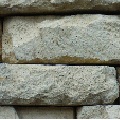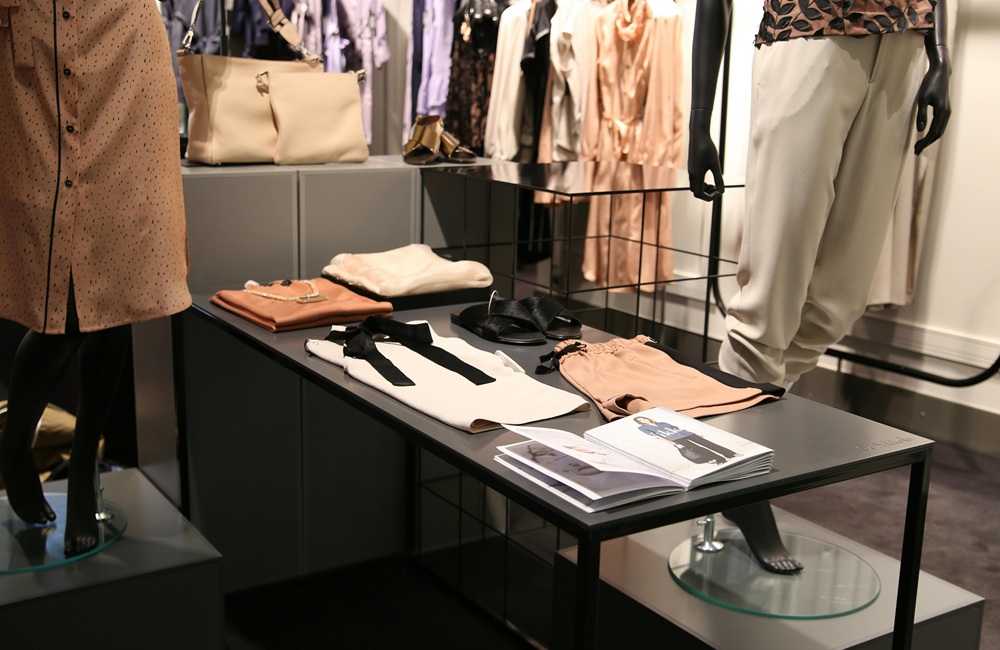Fashion as a Language
Clothing is often the first thing we notice about others. It's a visual representation of personality, culture, and even social status. Designers understand that clothing speaks volumes, and they have mastered the art of using fabric, colors, patterns, and silhouettes to create a narrative. Fashion, therefore, acts as a language that transcends words, allowing individuals and designers alike to express emotions, ideas, and identities that are not always easily communicated through speech.
The Role of Fashion Designers in Storytelling
Fashion designers are storytellers, weaving tales through their collections. Each collection represents a chapter of their creative journey, showcasing themes that reflect personal experiences, political statements, and cultural influences. By tapping into social and historical contexts, designers use clothing to challenge, inspire, and engage audiences in a way that is both visual and emotional.
1. Personal Narratives
Many designers infuse their personal experiences into their collections. For example, a designer who has faced adversity may create pieces that symbolize overcoming struggle, strength, and resilience. The clothing might reflect themes of vulnerability or empowerment, telling a personal story of growth or overcoming challenges. Through fabric choices, color palettes, and design techniques, these stories come to life, offering a deeper connection between the designer and their audience.
2. Social and Political Commentary
Fashion has long been a medium for social and political statements. From the 1960s counterculture to today’s climate change activism, designers use clothing to make bold statements about the world around them. For instance, designer Vivienne Westwood became known for using her fashion platform to comment on political and environmental issues, infusing her punk-inspired designs with messages of rebellion and anti-establishment sentiments. Fashion, as a form of storytelling, becomes a tool to spark conversation and influence societal change.
3. Cultural and Historical Reflections
Fashion also tells the story of history and culture. Many designers draw inspiration from their heritage, referencing traditional patterns, fabrics, and techniques. For example, the use of African prints by designers like Stella Jean and Duro Olowu celebrates African culture while elevating it in the global fashion narrative. By incorporating cultural symbols and historical references into their collections, designers celebrate the richness of diversity, fostering appreciation for global traditions and histories.
How Fashion Reflects Identity
Clothing is a reflection of one’s identity. It allows individuals to communicate who they are without saying a word. Designers recognize this, and often create pieces that resonate with specific groups of people, allowing them to connect with their personal sense of style, culture, and identity.
1. Gender Expression
Gender expression through fashion is a powerful means of self-expression. Designers like Jean-Paul Gaultier and Rad Hourani have created unisex collections that break down traditional gender boundaries in fashion. The rise of gender-neutral clothing reflects a broader societal shift towards inclusivity and fluidity, allowing individuals to dress in ways that represent their true selves, regardless of gender norms.
2. Personal Empowerment
Fashion can also be empowering. A powerful example of this is the "power suit," which has become synonymous with women’s entry into the corporate world. Designers like Donna Karan and Alexander McQueen have created suits that exude confidence, helping individuals feel strong and capable. Clothing, in this case, becomes not just a piece of fabric, but a tool to assert one's identity and claim a space in traditionally male-dominated environments.
3. Expression of Subcultures
Fashion plays an essential role in the creation and perpetuation of subcultures. From punk rock to hip-hop, fashion provides the visual representation of these movements, often becoming synonymous with the culture itself. The bold styles of these subcultures serve as an act of rebellion and self-definition, expressing alternative worldviews through the medium of clothing.
Fashion as a Medium for Innovation and Creativity
Beyond reflecting identities and telling stories, fashion also allows designers to innovate and experiment with new ideas. Clothing design is an art form that incorporates both technical skill and creative expression, with designers constantly pushing the boundaries of what is possible in terms of form, material, and function. Fashion becomes a dynamic space where art, technology, and culture intersect.
1. Technological Integration
Recent advances in technology have given designers new tools to push the limits of their creativity. Designers are now incorporating elements like LED lights, 3D printing, and responsive fabrics into their collections. These innovations allow for designs that react to the environment, creating interactive pieces that tell a more dynamic story about the relationship between clothing, the body, and technology.
2. Sustainability and Ethical Fashion
As the fashion industry becomes more conscious of its environmental impact, designers are telling new stories through sustainable practices. Brands like Stella McCartney and Patagonia are leading the charge by creating eco-friendly collections that use recycled materials, ethical labor practices, and environmentally friendly manufacturing methods. The story of these collections speaks to a growing concern for the planet and a desire to create fashion that supports a more sustainable future.
Conclusion
Fashion is more than just clothing; it is a powerful tool for self-expression, storytelling, and innovation. Designers continue to use clothing as a canvas to communicate personal narratives, reflect on social and political issues, and express individual identities. As the fashion industry evolves, clothing will remain a vital form of communication—one that has the power to influence, inspire, and unite people from all walks of life. Through fashion, we tell the stories that define who we are and how we see the world.








